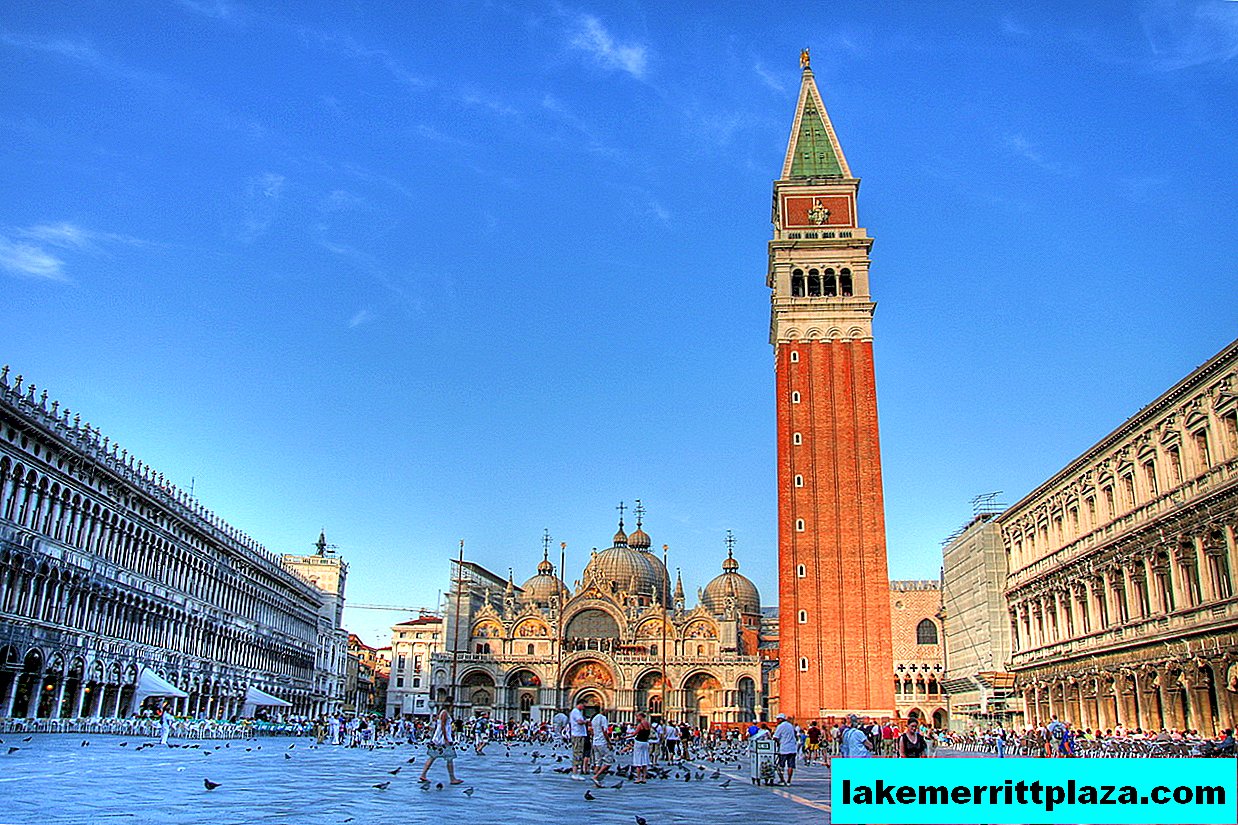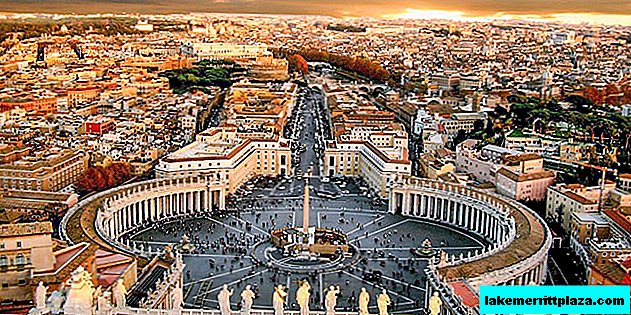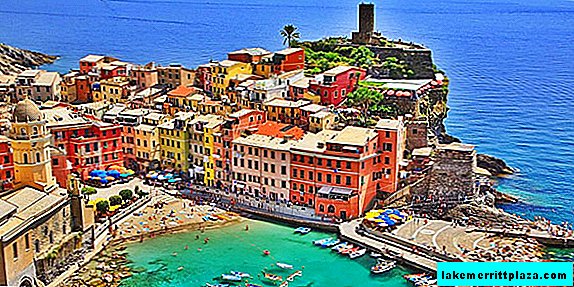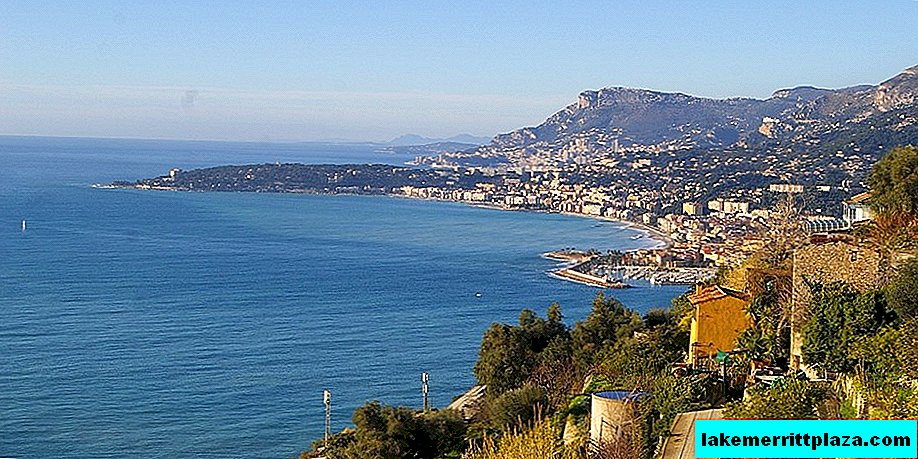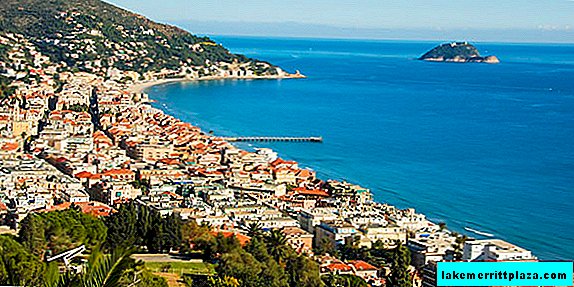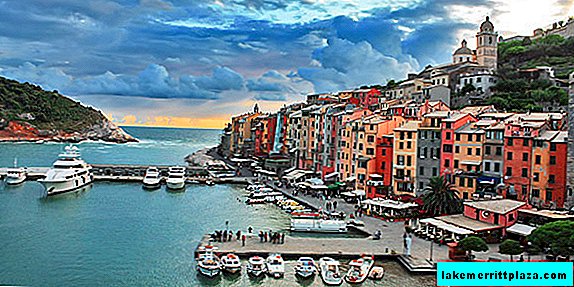Capitoline Museums is one of the most famous and noteworthy collections in Rome. They are located in several palaces in the square of the same name, from where they got their name. It is noteworthy that it is these museums that are considered the oldest in the world, open to the general public. Capitoline Museums is also one of the centers of audio excursions in the center of Rome for the iPhone link, released by BlogoItaliano in 2019.
History and Collection
The Capitoline Museums dates back to 1471, when the reigning Pope Sixtus IV donated his collection of antique bronze to the city.
The collection was delivered to Capitol Hill from the Lateran Palace and placed in the building of the Conservatives Palace. The palace itself was built a little earlier for judges, who were called conservatives, from where its name came from.
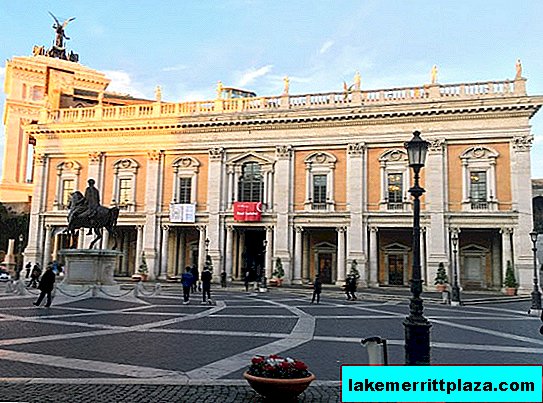
Capitoline museums occupy several buildings in the square of the same name.
Among the first most valuable exhibits of the museums were parts of the colossal statue of Constantine I, a bronze sculpture of the “Boy pulling a splinter” of the 1st century BC, a statue of Hercules, as well as the famous Capitoline Wolf.
Later, the Pope continued to replenish the collection of antique sculptures collected by Sixtus IV, so actively that by the beginning of the XVII century the building ceased to accommodate all the exhibits.
In order not to store priceless treasures on the street, it was decided to build the Palazzo Nuovo and place some of the exhibits there. The idea was realized only half a century later.
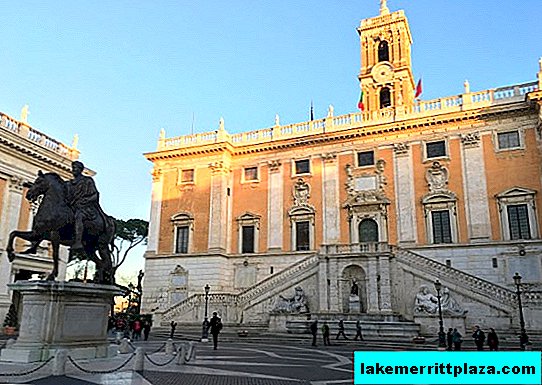
Senators Palace - one of the buildings that houses the collection of Capitoline Museums
In the XVIII century, a collection of paintings by prominent Italian and European masters Titian, Rubens, Tintoretto, Veronese and others was added to the sculptures.
Nowadays, museums have grown so large that they occupy the Palace of the Conservatives, the New Palace, part of the Senatorial Palace, as well as the neighboring Palazzo Cafarelli-Clementino, where the Prussian Embassy was located until the beginning of the 20th century.
Opening hours and address
Capitoline museums are open daily from Monday to Sunday from 9:30 to 19:30, as well as on a short schedule on December 24 and 31: from 9:30 to 14:00. Please note that visitors are denied admission 1 hour before closing time.
Weekends: January 1, May 1 and December 25.
Address: Rome, Capitoline Square.
Tickets
There are several types of tickets available at the Capitoline Museums. Standard tickets apply only to the permanent collection. If you want to see additional temporary exhibitions, entrance tickets will cost several euros more.
- Standard adult ticket: 11.5 Euro
- Reduced ticket: 9.5 Euro
Visitors from 6 to 25 years old can apply for preferential tickets. Admission is free for children under 6 years old.


